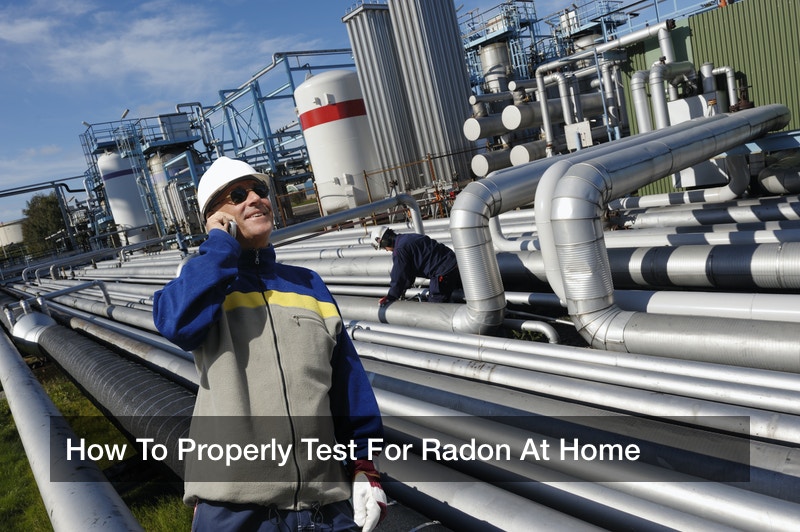
For most if not all Americans home is regarded as a safe place; a sanctuary where they can do what they want and be protected from the dangers around them.
While that’s certainly true in a lot of ways, there is a silent danger that Americans can’t protect themselves from all the time, even at home: radon. It’s a natural radioactive gas that can’t be seen and can’t be smelled.
Exposure to radon and can many adverse health effects, especially on the lungs. The U.S. Surgeon General has warned that radon is the second leading cause of lung cancer in the U.S. today and affects smokers and non-smokers alike. The Surgeon General’s Office estimates that as many as 20,000 lung cancer deaths are caused each year by radon. In addition, the risk of lung cancer increases by 16% per 100 Bq/m increase in long time average radon concentration.
Is your home at risk of being affected by radon? There’s a good chance that it is. About 1 in 15 U.S. homes is estimated to have radon levels at or above the EPA action level. The EPA also estimates that nearly 1 in 3 homes checked in seven states and on three Indian lands had screening levels over 4 pCi/L, the EPA’s recommended action level for radon exposure.
So what can you do to quell the risk of radon in your home? The simple answer is radon testing and inspection. Professional radon testing services are available, but home kits are also available for radon testing and inspection. Test kits for radon can be purchased at most home improvement and hardware stores or they can be ordered through the National Radon Hotline (1-800-767-7236).
When it comes to radon testing and inspection, there are two types of radon test kits:
- Short-term test kits: These take between 2 and 90 days.
- Long-term test kits: These take longer than 90 days. The radon levels in a house can often change and a long-term test is the best way to know what the radon level is in your home.
When doing radon testing and inspection, test for it in the lowest level of your home such as a basement. Avoid damp spots like the bathroom or laundry room. When it comes to radon levels, there is no such thing as a safe level, but if your home test kit shows a level of four or high, you need to act. If two radon test kits show that the radon level in your home is a four or higher, make a plan to fix your home.
If you’re testing for radon and the levels are at a high level, what can you do? Here are three steps to take if that’s the case:
- Choose a radon mitigation contractor: Lowering the radon level in your home requires specific knowledge and skills. Many states require radon professionals to be properly certified and meet the requirements of that state. A state radon office can provide a list of certified professionals in your state. If a state doesn’t regulate radon services, ask a contractor about their credentials.
- Have the contractor determine the best plan to reduce the radon levels: Not all homes are the same and as such, not all radon problems are the same. What type of house you have will help determine a contractor’s course of action for putting in a radon mitigation system. If your home has a basement or crawlspace for example, radon can be reduced by several types of soil suction.
A heat recovery ventilator (HRV) is another way to reduce radon levels. The HRV helps increase ventilation to reduce the radon. It works by pulling in outdoor air which has less radon and used heated or cooled air to warm or cool it as it comes into the house. - Maintain your radon mitigation system: To keep radon at acceptable levels in your home, several things should be done. Check the manomater on your mitigation system, if it’s not reading zero that’s good. If it is reading zero it means air isn’t being pulled through the pipe and the electricity to the mitigation system should be checked. A third step is to continue testing for radon every two years to make sure the mitigation system is still functioning properly.



